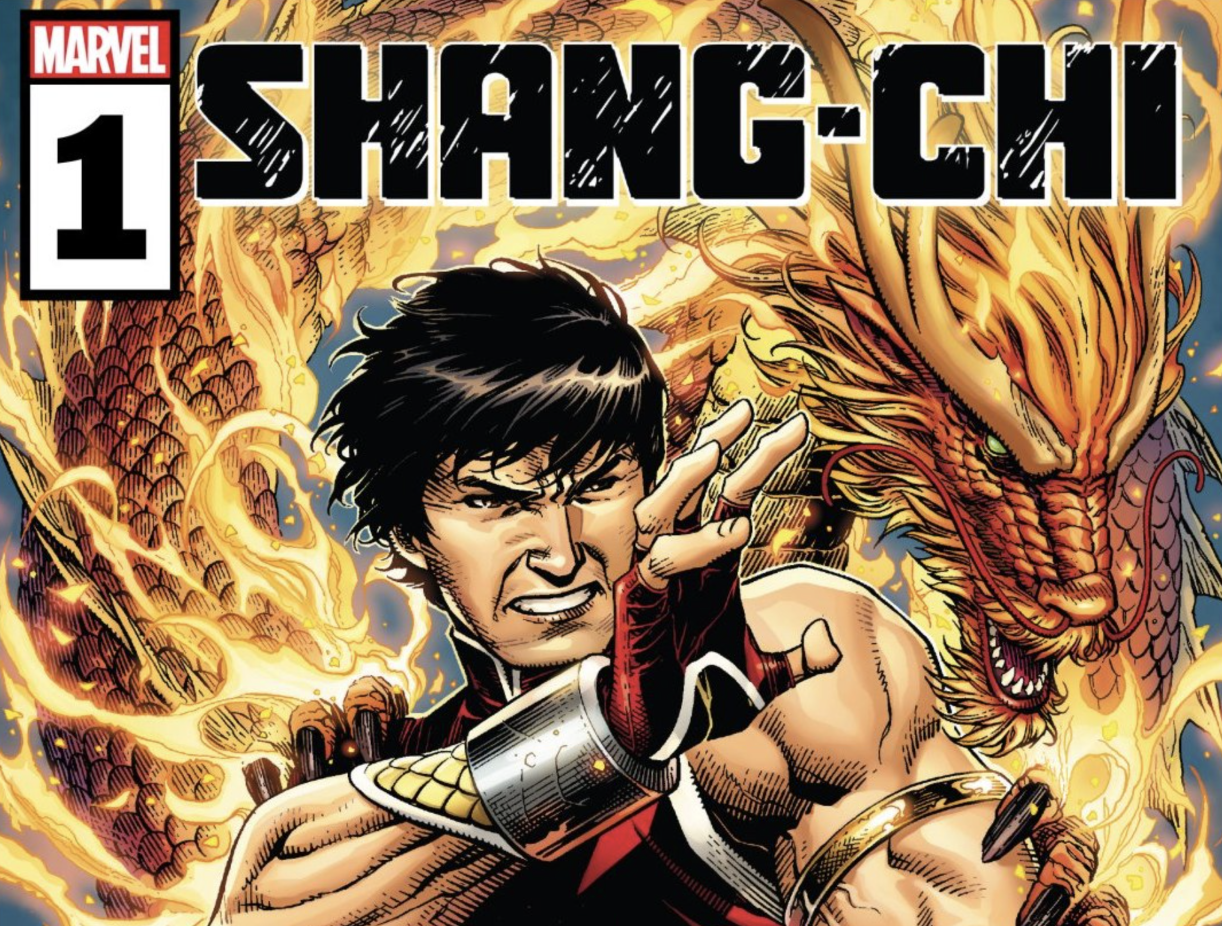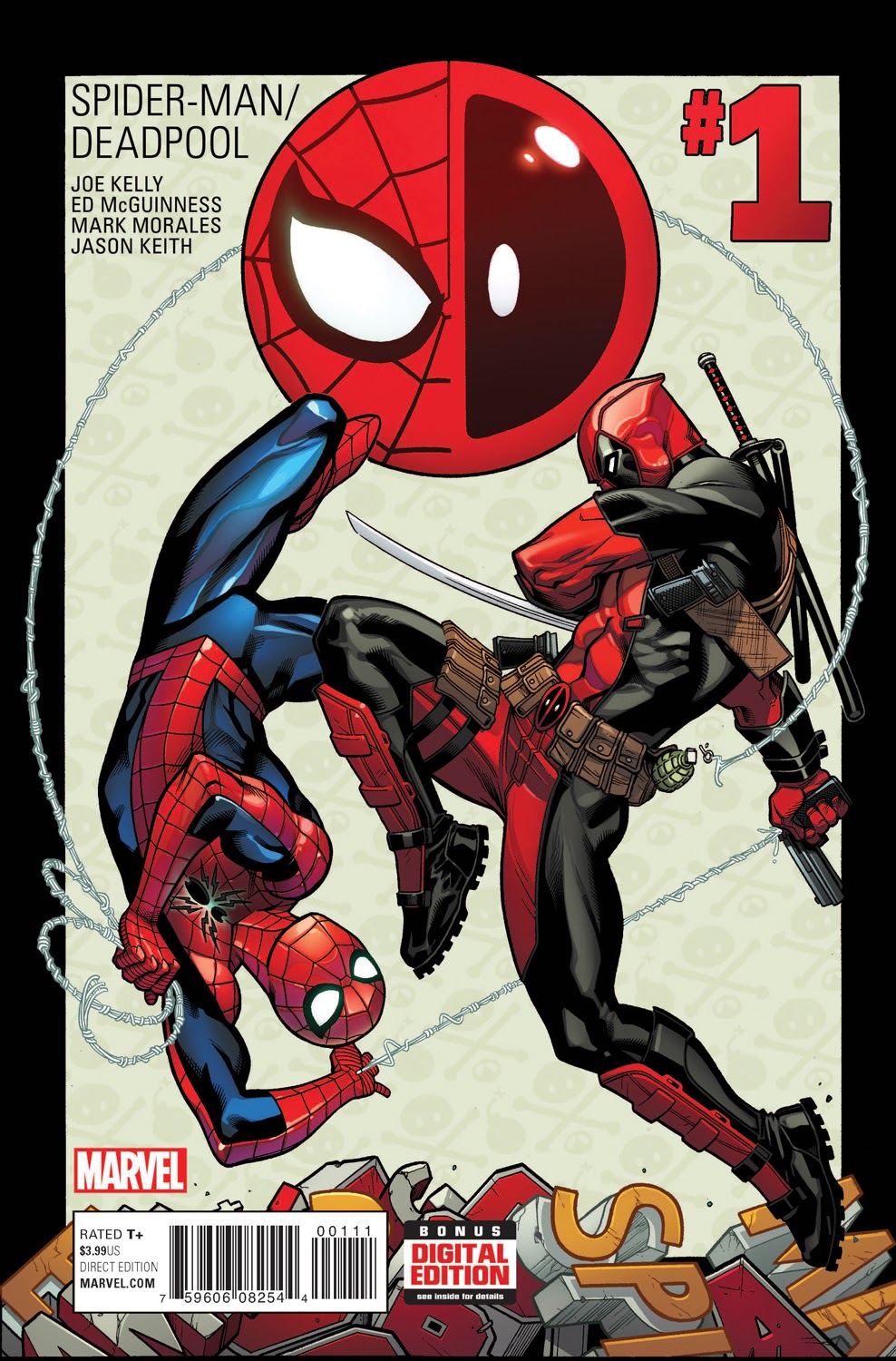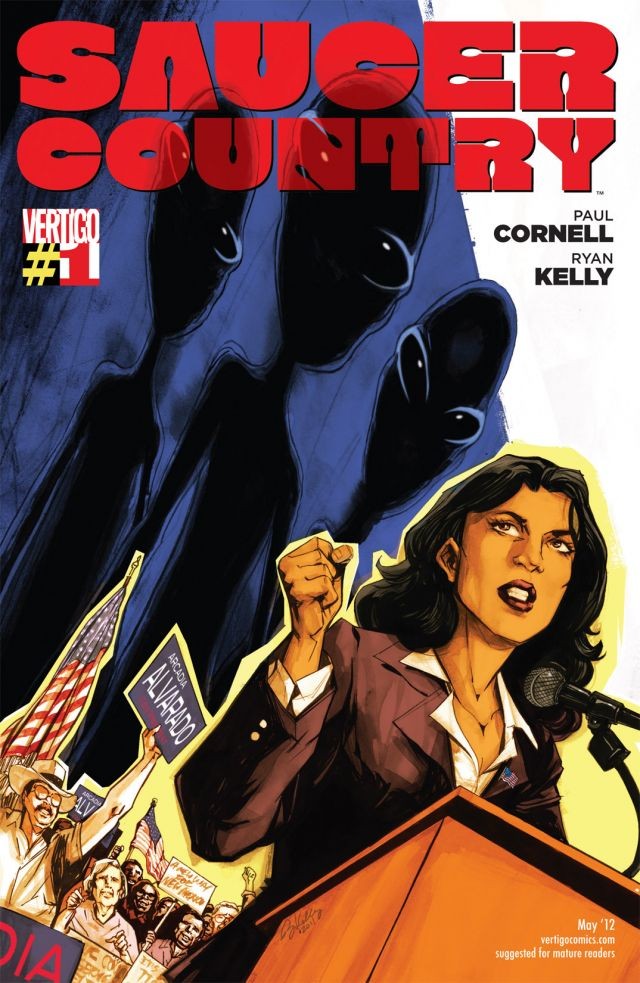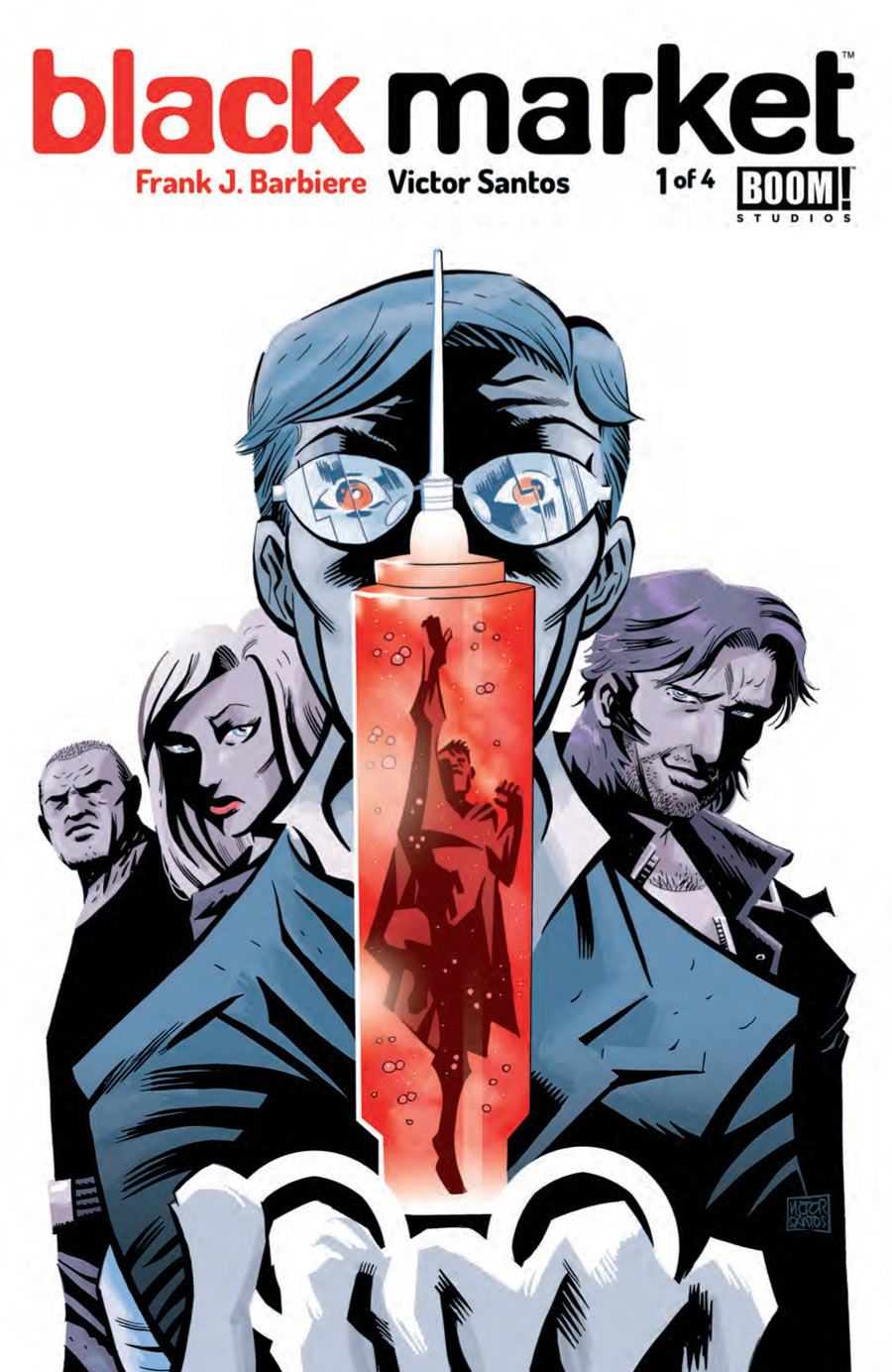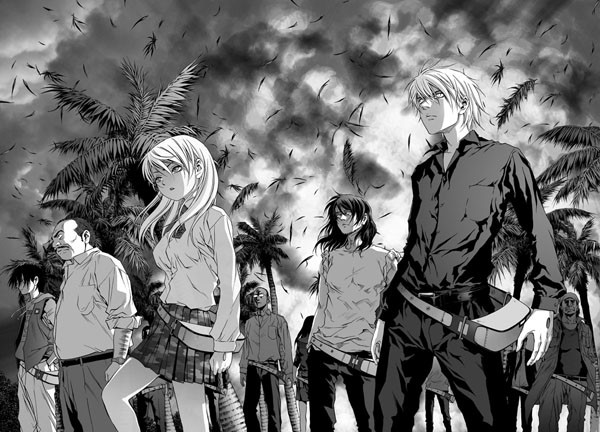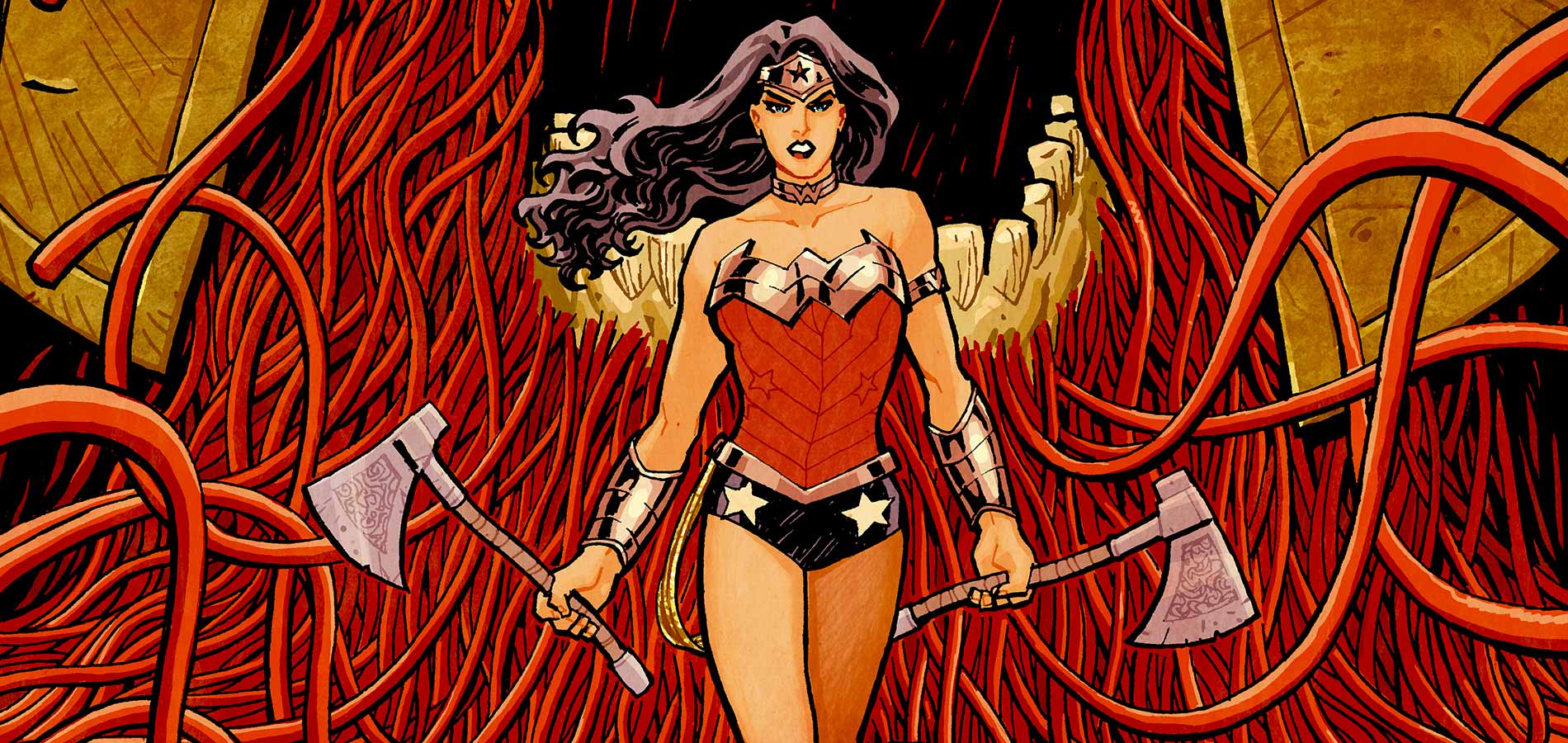Shang-Chi #1
Written by Gene Luen Yang
Art by Dike Ruan
Flashback Art by Philip Tan
Colors by Sebastian Cheng
Letters by VC’s Travis Lanham
“I’ve found that if I slow my cadence and use ‘wise’ words, Westerners look at me, rather than past me, when I speak.”
There is disorder among the Deadly Warriors of the Five Weapons Society!!! With the immortal Zheng Zu gone, mutiny and chaos reign supreme!!! Who can challenge Sister Hammer for supreme power??? Will it be the warrior with the most deadly hands–the legendary martial arts master, SHANG-CHI?!?!?!?!?!
From Gene Luen Yang (American Born Chinese, New Super-Man, Superman Smashes the Klan), Dike Ruan (Black Cat), and Philip Tan (Uncanny X-Men), Shang-Chi #1 is the latest mini-series to feature the eponymous kung fu superhero in all your expected four-colored comic book glory. The first issue opens with a flashback to the Five Weapons Society, a deadly organization led by Zheng Zu (formerly known in the comics as Fu Manchu, in all his licensed, Yellow Peril, Orientalist glory). Despite being a vigilante force for good centuries ago, the organization is now in disarray and dealing in all types of shady, supervillain stuff. When Master Staff (one of the five weapons, see?) is overthrown by pious Sister Hammer (another of the five weapons, see?), it is revealed that the actual rightful heir to power is the wielder of the deadly hands, which, if the title of the long-running series The Hands of Shang-Chi by Doug Moench and Paul Gulacy would indicate, may very well be our titular hero himself. The rest of the issue sees some concerned society members seek out Shang-Chi, who is living a quiet life in San Francisco’s iconic Chinatown helping out his elders at the local Chinese bakery. Hilarity, of course, ensues.
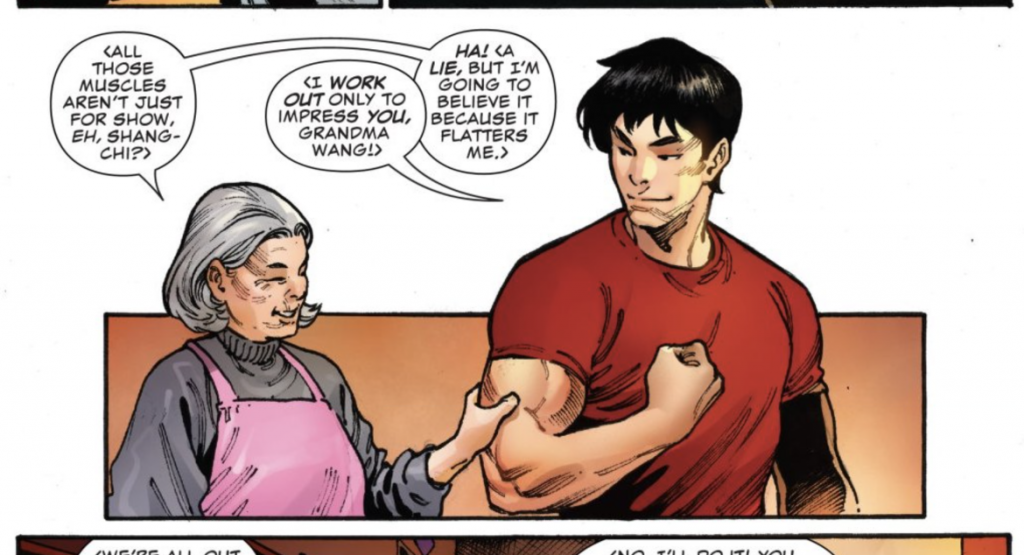
For the last year or so, I’ve slowly but surely been making my way through Moench & Gulacy’s The Hands of Shang-Chi: Master of Kung Fu . Sure, it’s a bit hokey and totally indicative of the 1970s Bruce Lee Kung Fu exploitation craze, but ever since the upcoming Shang-Chi & The Legend of the Ten Rings film was announced, I’ve been desperately craving my Shang-Chi fix in the comics. Unfortunately, aside from a few mini-series spinning out of things like Secret Wars and Marvel Legacy (and some featured spots in Ed Brubaker’s Secret Avengers and Greg Pak’s Agents of Atlas), Shang-Chi hasn’t had much in the way of solo features. So when this new series was announced, I was so in. And then when it was announced that Gene Luen Yang, one of my absolute favorite comic book writers and a pioneer and advocate in Asian-American storytelling, would be writing the series, I was so TOTALLY in. And then I saw the epic pages from Dike Ruan and Philip Tan–the latter of whom I’ve been a fan of since his Uncanny X-Men days–I was convinced to pre-order and wait patiently for my kung fu fix.
And that wasn’t exactly what I got with Shang-Chi #1. I shouldn’t be surprised–Yang has a habit of telling stories that I don’t quite expect but I ultimately appreciate and love. Instead of flying fists and crazy kicks, Yang gives us a quieter Shang-Chi, a hero who is trying to give back to his community and help those in need. He uses his skills not to punch out supervillains, but rather help Grandma Wang, a nice old Auntie who gave him a place to stay when he needed to find himself. There’s a bit of romance, an old secret agent flame, and a huge and shocking family reveal that keep the drama going, but surprisingly this is not an overtly action-packed, butterfly-kicks-on-every-page first issue. There are a few pages of action, but mostly Yang is spending his time in this first issue to establish Shang-Chi as a thoughtful, charming, and reflective protagonist. We know he’s got deadly hands; we don’t need to see it from the jump.
The issue opens with a flashback sequence to the Five Weapons Society freeing a certain fan-favorite dragon from an ignorant governor during the Qing Dynasty, all eloquently illustrated in Philip Tan’s scratchy, rich aesthetic. We segue to the present-day with a shift to Dike Ruan’s fuller line work, but the transition between the two styles is seamless, buoyed by the slight similarities in energy and vibrancy and the warm colors of Sebastian Cheng. My expectations were again subverted when both Tan and Ruan relied on motion lines and motion blur to capture the action–I’m used to my martial arts books using more of a stop-motion, sequential style a la David Aja’s work on The Immortal Iron Fist with Matt Fraction and Ed Brubaker. To that extent, though I loved the life of Tan and Ruan’s work, I do wish the precision in some of the artwork allowed us to “see” the physicality a bit clearer. Think the shaky cam of action films today versus the wide-shots and precise choreography of a Jackie Chan or wuxia flick. Besides that one wish, though, it’s clear that Ruan and Tan have a strong grasp of the characters and the focus on a more emotion- and reaction-driven narrative.
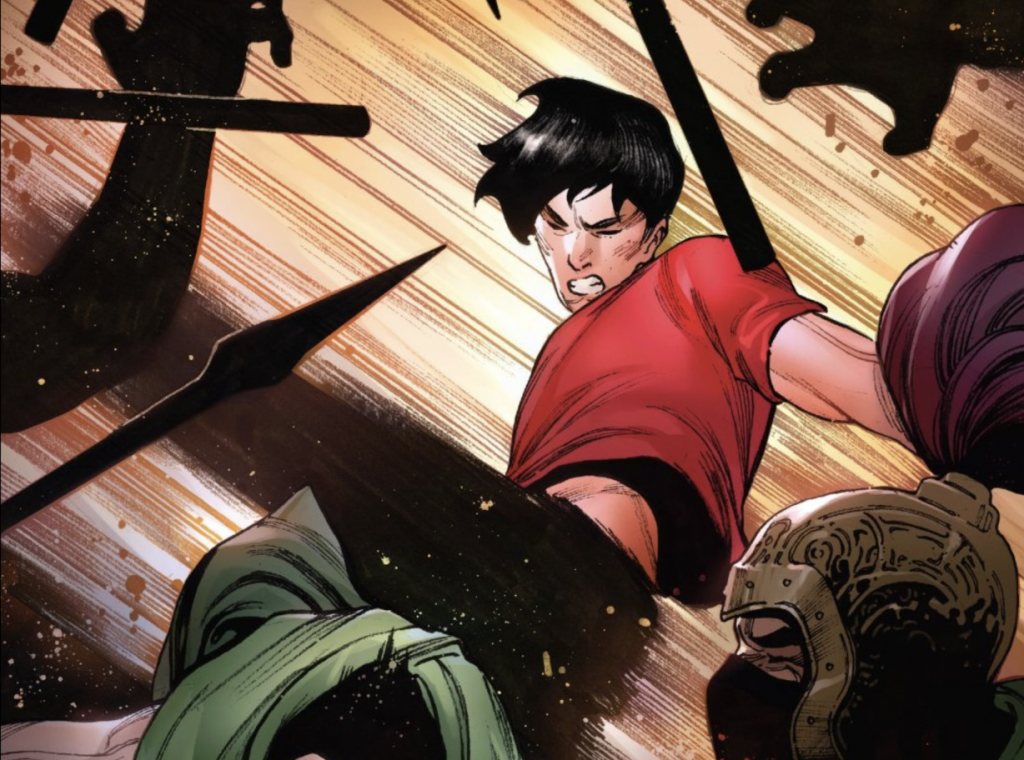
With all that said, I also wanted to pick up Shang-Chi #1 because I’m Asian-American. For listeners of the podcast, y’all know I’ve been talking up Shang-Chi for literal years–“where’s my Shang-Chi movie? Where’s my Shang-Chi book?” etc. etc. My love for Marvel characters like Shang-Chi, Jimmy Woo, Amadeus Cho, Silk, Armor, and so many others (though never enough!!!) comes from the very real important of representation in our stories. When Shang-Chi #1 opens with an editor’s note that the dialogue is “translated from Ancient Mandarin” and then jumps to “translated from modern Cantonese” when we land in present-day San Francisco, I felt that. I recognize the bolo baos the customers are asking for in the bakery, and I felt the comments about accents and identity. There isn’t necessarily anything new or ground-breaking about a story about long-lost siblings or sins of the father; what makes this story so important to me is perspective from which it is being told. As I said before, Gene Luen Yang has a long history of exploring Asian-American identity through these genre standards, and Shang-Chi is sure to be a welcome addition to his body of work. A character so rooted in stereotypes about Asians and martial arts and Orientalist tropes could use a bit of reframing, and Yang seems to be just the person to do it.
Verdict
Check it out! Currently scheduled as a 5-issue mini-series, Shang-Chi could prove to be many readers’ introduction to Marvel‘s Master of Kung Fu before his cinematic debut next summer. Yang’s updates to the tone and mythos are accessible to new readers and Ruan and Tan’s artwork is kinetic and engaging. Fans looking for a martial arts romp will get just enough from the superhero trappings, but expect to be surprised by a more reflective, identity and family-driven story. I could use a bit more Kung Fu clarity, but overall with the capable (and deadly) hands of Gene Luen Yang and Company at the helm, readers are in for a fun and engaging experience with Shang-Chi!!! And hey, maybe if we buy up all these books, they’ll make this one an ongoing, and don’t we deserve that kind of win, folks????

